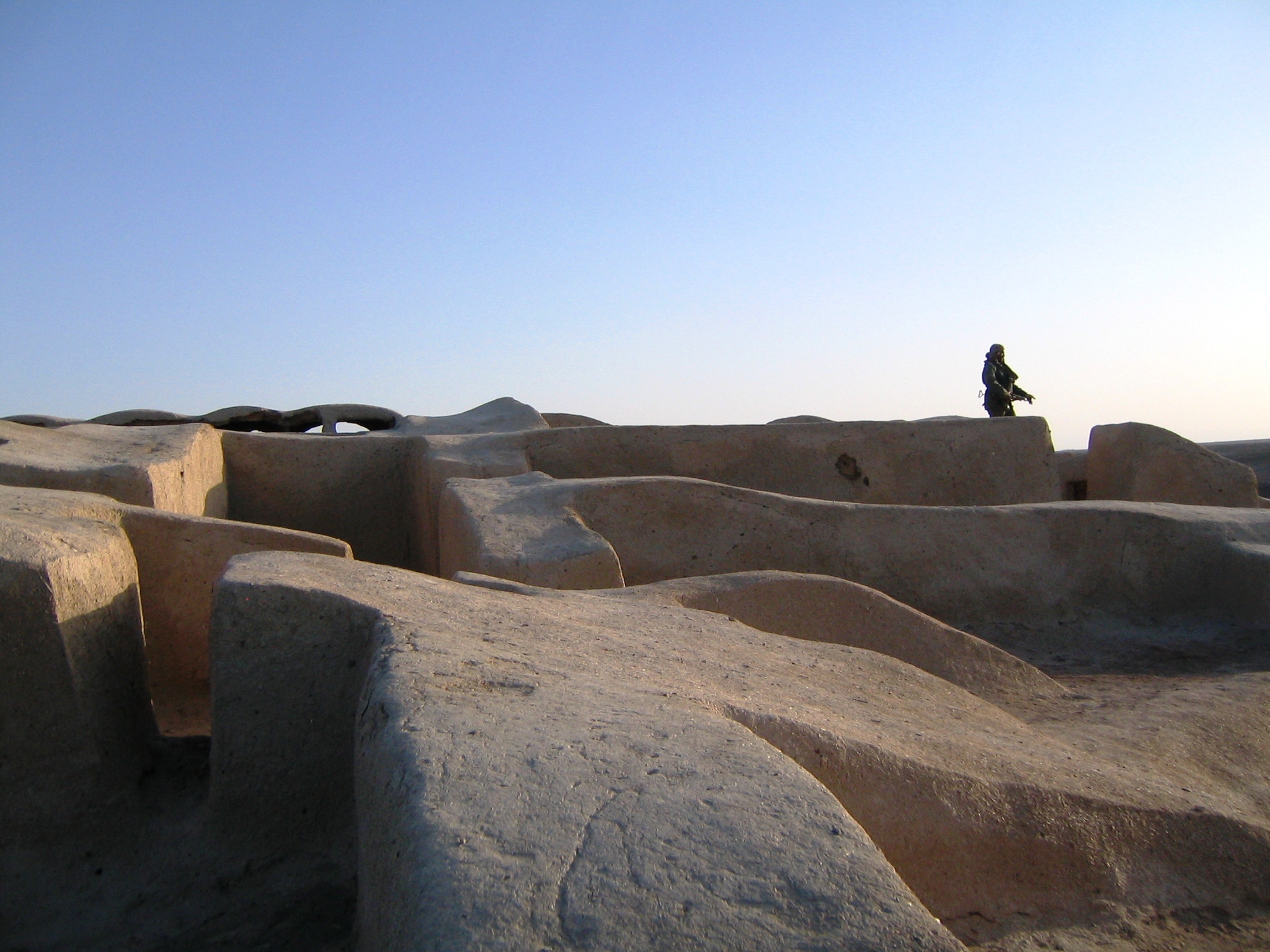تصویر : شهر سوخته
استان:
سیستان و بلوچستاناطلاعات تکمیلی:
توضیحات:
شهر سوخته نام بقایای «دولت شهری» باستانی در ایران است که در ۵۶ کیلومتری زابل و در حاشیه جاده زابل-زاهدان در شرق ایران در استان سیستان و بلوچستان واقع شدهاست. شهر مزبور در روی آبرفتهای مصب رودخانه هیرمند به دریاچه هامون و زمانی ساحل آن رودخانه بنا شده بودهاست. زمان بنای این شهر بزرگ در دوره برنز تمدن جیرفت یعنی استان سیستان و بلوچستان امروزی در ایران باستان میباشد و ایرانیان حدود ۶۰۰۰ سال پیش در این شهر زندگی میکردهاند. گفته میشود، شهر سوخته پیشرفتهترین شهر جهان قدیم بودهاست و حتی بسیار پیشرفتهتر از «دولت شهر» کرت که سینوهه در کتاب خود از آن یاد کردهاست. به اعتقاد برخی باستانشناسان اگر بخواهیم به معنای کامل و دقیق شهر توجه کنیم، این شهر را باید از قدیمیترین آنها در دنیا دانست، چرا که معدود شهرهائی پیش از آن، از نظر امکانات و اصول شهرنشینی با آن قابل مقایسه هستند
دانلود این عکس